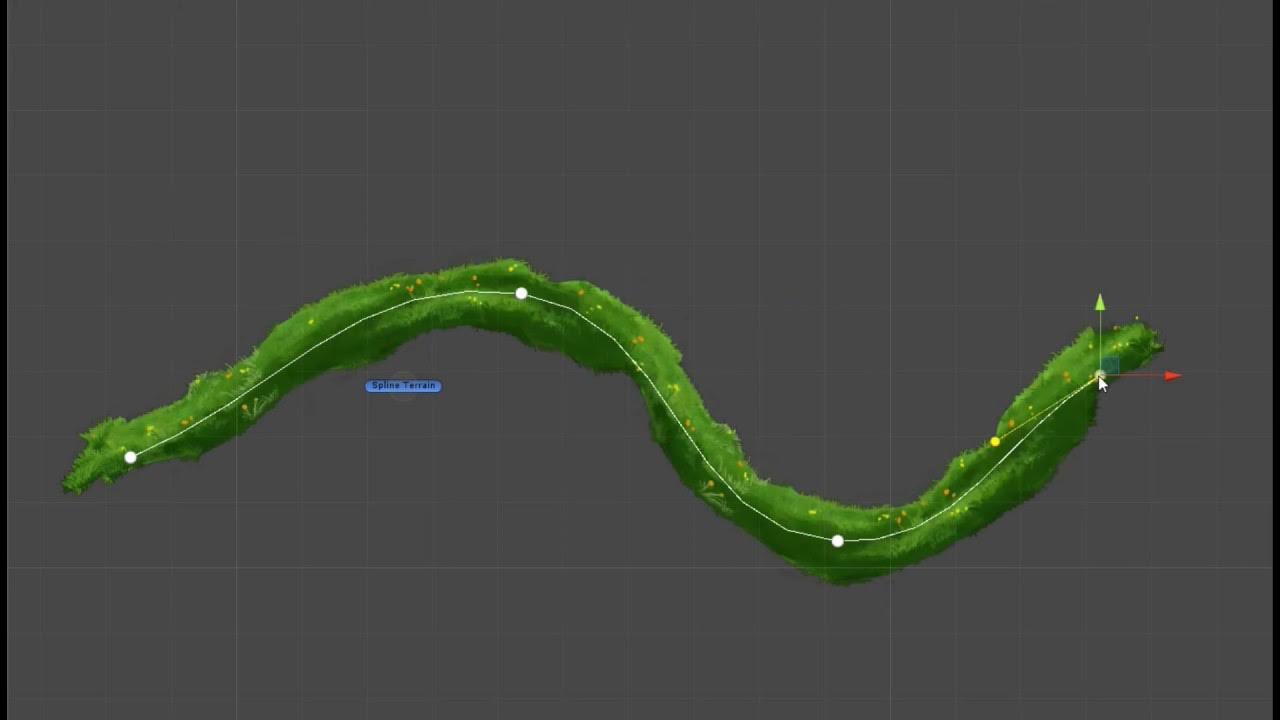How to write 80's Funk & Boogie music.
Summary
TLDRCette vidéo tutorielle couvre le style musical Hades Boogie, également appelé electro funk, en se concentrant sur la composition et l'écriture de chansons plutôt que sur les réglages d'instruments ou les techniques de mixage. L'auteur discute des éléments tels que les percussions, la ligne de basse, les accords et les mélodies, mettant l'accent sur la création d'un groove et de l'espace dans la musique pour permettre à d'autres éléments mélodiques de s'y ajouter.
Takeaways
- 🎵 L'artiste revient avec une vidéo sur la musique Hades Boogie, également connue sous le nom d'electro funk, un style qui lui est particulièrement cher et qui provient des années 80.
- 🎼 L'accent est mis sur la composition musicale plutôt que sur les réglages de synthétiseur et les mixages, avec l'objectif de parler de l'écriture musicale.
- 🥁 La batterie est très simple et directe, avec des petits ajouts qui donnent une touche unique, et utilise un swing pour une sensation plus détendue.
- 🎩 L'usage des钗hat est crucial pour donner une articulation humaine, en imitant la manière dont un batteur jouerait le motif.
- 🐥 Des détails comme l'ajout d'un léger groove et l'utilisation d'un hi-hat ouvert par moments sont utilisés pour accentuer et remplir l'espace.
- 🪘 La ligne de basse est simple, avec un équilibre entre les notes allongées et les notes courtes, ce qui est essentiel dans la musique funk.
- 🎶 L'espace entre les notes est un élément clé dans la musique funk, avec des notes souvent très courtes pour créer un groove funky.
- 📊 Les accords sont simples et utilisent souvent des harmonies de type jazz avec des extensions d'accord comme les 7ème, 9ème, 11ème et 13ème.
- 🌟 Les musiques boogie proviennent d'une multitude d'influences, notamment le gospel, le rhythm and blues, l'âme et le funk.
- 🎶 La mélodie principale est simple et jouée sur un loop pour permettre des improvisations, mettant l'accent sur le groove et la simplicité.
Q & A
Quel est le style musical abordé dans cette vidéo ?
-Le style musical abordé dans cette vidéo est le Hades boogie, également connu sous le nom de electro funk, un style musical qui a émergé dans les années 80.
Pourquoi l'auteur a-t-il choisi de commencer par les percussions dans sa discussion ?
-L'auteur a choisi de commencer par les percussions car elles sont au cœur de la musique funk et qu'il souhaitait aborder les aspects de composition plutôt que les réglages de synthétiseur ou les questions de mixage.
Quel est l'effet que l'auteur souhaite obtenir avec les percussions ?
-L'auteur souhaite obtenir un effet détendu et relaxé avec les percussions, en utilisant un swing pour donner une sensation plus naturelle et moins quantifiée.
Comment l'auteur aborde-t-il la question de l'articulation dans les percussions ?
-L'auteur parle de l'importance de l'articulation des notes, en essayant d'imiter comment un batteur pourrait jouer un motif, avec des notes longues et courtes pour éviter une hi-hat sans articulation qui pourrait être pénible à l'oreille.
Quels sont les éléments clés de la composition de la basse dans cette vidéo ?
-Les éléments clés de la composition de la basse incluent un équilibre entre les notes allongées et les notes courtes, avec une attention particulière aux silences entre les notes pour créer un groove funky.
Pourquoi l'auteur recommande-t-il d'éviter l'utilisation du curseur de swing des workstations ?
-L'auteur recommande d'éviter l'utilisation du curseur de swing des workstations pour obtenir un sentiment plus humain et pour bien comprendre comment les différents éléments musicaux s'entremêlent.
Quels sont les deux types d'échelles conseillés pour écrire de la musique funky ?
-Les deux types d'échelles conseillés pour écrire de la musique funky sont l'échelle pentatonique et l'échelle du blues.
Quelle est l'importance des accords dans la musique boogie abordée dans la vidéo ?
-Les accords sont importants dans la musique boogie car ils peuvent être simples avec des harmonies triadiques ou plus complexes avec des extensions d'accord comme les septièmes, neuvièmes, onzième et treizième.
Comment l'auteur aborde-t-il la mélodie principale dans la musique boogie ?
-L'auteur aborde la mélodie principale en la gardant simple et en se concentrant sur l'interaction avec les accords, en utilisant des ornements comme les notes de grâce, le vibrato et les modulations de portée.
Quels sont les conseils donnés par l'auteur pour apprendre à bien écrire de la musique boogie ?
-L'auteur conseille d'écouter de la musique, de transcrire ou de copier des parties qu'on aime et d'essayer de comprendre comment elles fonctionnent et s'assemblent, en prenant le temps de pratiquer et d'appliquer les concepts expliqués.
Outlines

このセクションは有料ユーザー限定です。 アクセスするには、アップグレードをお願いします。
今すぐアップグレードMindmap

このセクションは有料ユーザー限定です。 アクセスするには、アップグレードをお願いします。
今すぐアップグレードKeywords

このセクションは有料ユーザー限定です。 アクセスするには、アップグレードをお願いします。
今すぐアップグレードHighlights

このセクションは有料ユーザー限定です。 アクセスするには、アップグレードをお願いします。
今すぐアップグレードTranscripts

このセクションは有料ユーザー限定です。 アクセスするには、アップグレードをお願いします。
今すぐアップグレード関連動画をさらに表示

Transformations acide-base et le potentiel hydrogène (ph) - cours de physique chimie spé terminale

The Worst Thing to Eat for Insulin Resistance is NOT Sugar or Saturated Fat…

TrueNAS SCALE Beginners Guide: Easy Installation and Configuration

Spline Terrain 2D - Spline

Scalping : 5 astuces à mettre en place pour performer 💰

Actuelburo - Démonstration du projecteur interactif Epson EB-685WI - Easy interactive tools.
5.0 / 5 (0 votes)
